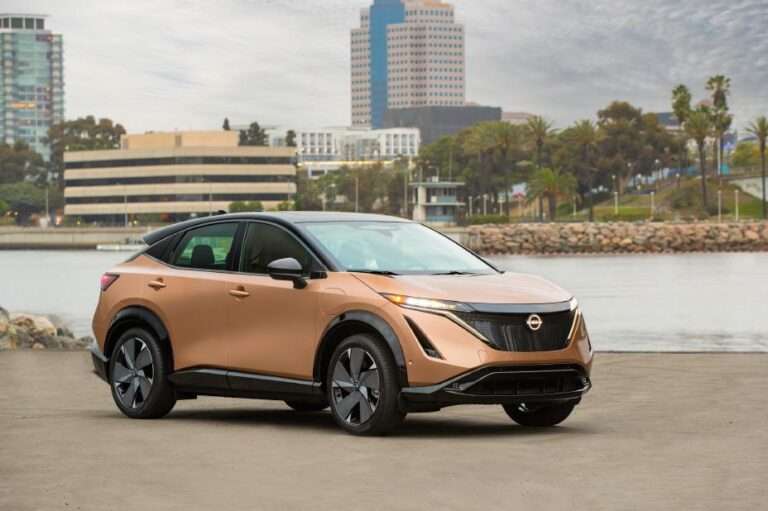By: d-mars.com
News Provider
BrandPoint
The market for battery-electric vehicles (EVs) has quickly grown over the last several years as more consumers look to take advantage of the overall cost savings that EV ownership promises, including skirting the gas pump for a plug that can lead to lower fuel costs and fewer parts that require regular maintenance.
While EVs may offer lower expenses over time, those looking to purchase a new vehicle should carefully consider the initial costs, their impact on insurance premiums compared to Internal Combustion Engine (ICE) vehicles, and other factors that can affect the “total cost of ownership.”
“Along with the Manufacturer’s Suggested Retail Price (MSRP) of a vehicle, buyers need to think about additional costs of owning and maintaining a particular vehicle over time,'” said Kevin Quinn, Vice President of Auto Claims at Mercury Insurance. “The ‘total cost of ownership’ equation includes insurance premiums, fuel efficiency, repair expenses, the need for home charging infrastructure if purchasing an EV, along with other relevant factors.”
If you’re in the market for a new car, it’s highly recommended to assess all aspects of the type of vehicle you’re looking to purchase. A comprehensive understanding of the total cost can help minimize unexpected costs during your vehicle’s lifetime.
Fueling costs: The promise of no longer having to pay for gas is one of the main reasons people purchase an EV. With fueling up as simple as plugging in your smartphone, it’s no wonder more people are considering purchasing an electric vehicle. In fact, First Entertainment Credit Union based in Los Angeles, California, has seen a 233% increase in EV loans since 2019.
While plugging in a vehicle for a charge can be cheaper than buying gasoline, the cost of operating an EV can also result in significant savings over the life of the vehicle. The rise of public charging infrastructure is making the cost of owning an EV more accessible; however, public charging can be scarce or non-existent depending on your location and your commute. EV owners who are also homeowners can opt to install their own chargers, but they can be expensive when you include installation costs.
“Drivers will need to be cognizant to the cost of gas or access to charging stations in their area when making a decision about which type of vehicle to purchase,” said Quinn.
Maintenance: When it comes to maintenance for an ICE vehicle, there are several upkeep items that can add to the cost of ownership over time. ICE vehicles depend on a large number of moving parts, which can demand more servicing. With no internal combustion engine, no pistons, valves or moving parts that need oil, EVs don’t need many of the routine services required by their ICE counterparts. This can result in lower repair and maintenance costs than gas-powered vehicles.
Insurance: While EVs may offer a number of advantages in terms of reduced maintenance and fueling costs, insurance might offset these potential savings. EVs are typically more expensive to purchase and often come loaded with more complex technology than their gas-powered cousins. So, the cost of repairing or replacing them after an accident may be higher. As a result, comprehensive and collision coverage for EVs can cost more than coverage for regular cars.
It’s important to note that insurance companies also factor in an owner’s driving history and location when setting premiums. However, as more people adopt EVs and insurance companies gather more data in the future, their insurance cost may potentially even out. “When it comes to their next vehicle purchase, it’s imperative for car owners to take a comprehensive view of all the facets involved,” said Quinn. “Knowing the difference in ownership costs between EVs and gas-powered cars before purchase can help you avoid any unpleasant surprises and ensure that you are happy with your choice. It’s important to weigh the pros and cons of each type of vehicle and find out the right information to make an informed decision.”







